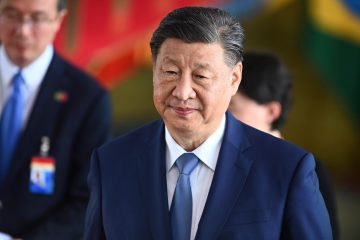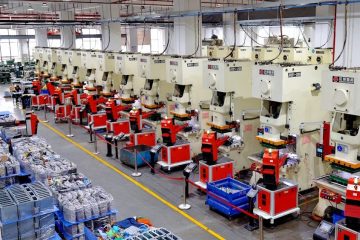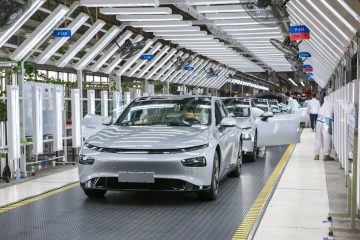AI firm Anthropic warns China leads AI race as US struggles on energy

Anthropic, a Silicon Valley artificial intelligence startup, cautioned that the United States is falling behind China in energy generation, as noted in its report. Anthropic has asked Washington to reduce electricity infrastructure development ‘red tape’ to compete with China. Anthropic, the firm responsible for the Claude large language models (LLM), indicated that the artificial intelligence sector in the US will necessitate a minimum of 50 gigawatts of power capacity by 2028 to sustain its dominance in the global AI landscape. The report indicated that the gap with China regarding power capacity was “concerning.”
The firm has called on Washington to reduce the regulatory burdens associated with power infrastructure development in order to maintain competitiveness against China. According to a February 2025 report from the Australian think tank Climate Energy Finance, Anthropic noted that in the previous year, China expanded its power capacity by 400 gigawatts, while the United States contributed merely “several dozen,” representing only one-tenth of China’s overall increase.
The report further indicated that while the administration of US President Donald Trump has initiated measures to eliminate obstacles by establishing ambitious nuclear power objectives and expediting National Environmental Policy Act (NEPA) assessments, in order to effectively compete with China, the US must undertake additional efforts to tackle regulatory challenges that may impede energy projects. As the two largest economies in the world participate in a technological competition — spanning advanced semiconductor technology to artificial intelligence algorithms — energy generation has surfaced as a vital new frontier.
Matty Zhao, co-head of China equity research at Bank of America Securities, noted in an interview last month that while US capital expenditure on artificial intelligence is predominantly directed towards hardware such as semiconductors, a considerable portion of China’s artificial intelligence investments will be allocated to the construction of data centers and the necessary energy infrastructure to support them. In early May, Elon Musk, a billionaire and the head of Tesla, cautioned that the United States might encounter power capacity challenges associated with the development of artificial intelligence by the year 2026.
The report emerges concurrently with China’s announcement of its intention to construct a substantial dam project in Tibet. With an estimated investment of approximately 1.2 trillion yuan and an anticipated annual electricity generation capacity of 300,000 gigawatt-hours, the dam in Tibet is poised to become the world’s largest hydropower facility. A report from the South China Morning Post indicates that in 2024, China represented 71 percent of the global increase in hydro power generation, contributing more wind and solar power than the entirety of the rest of the world combined. Nonetheless, the Anthropic report indicates that, in contrast, the US “is not on track to meet the energy needs of AI training or inference by 2028.” The report indicates that this situation is partially attributable to regulatory challenges, specifically the construction permits and approvals required for the establishment of transmission lines. It further asserted, “China – also vying for AI leadership – does not face the same set of regulatory constraints that we do.” China’s infrastructure projects, while necessitating permits, experienced significantly expedited processing by regulators.







